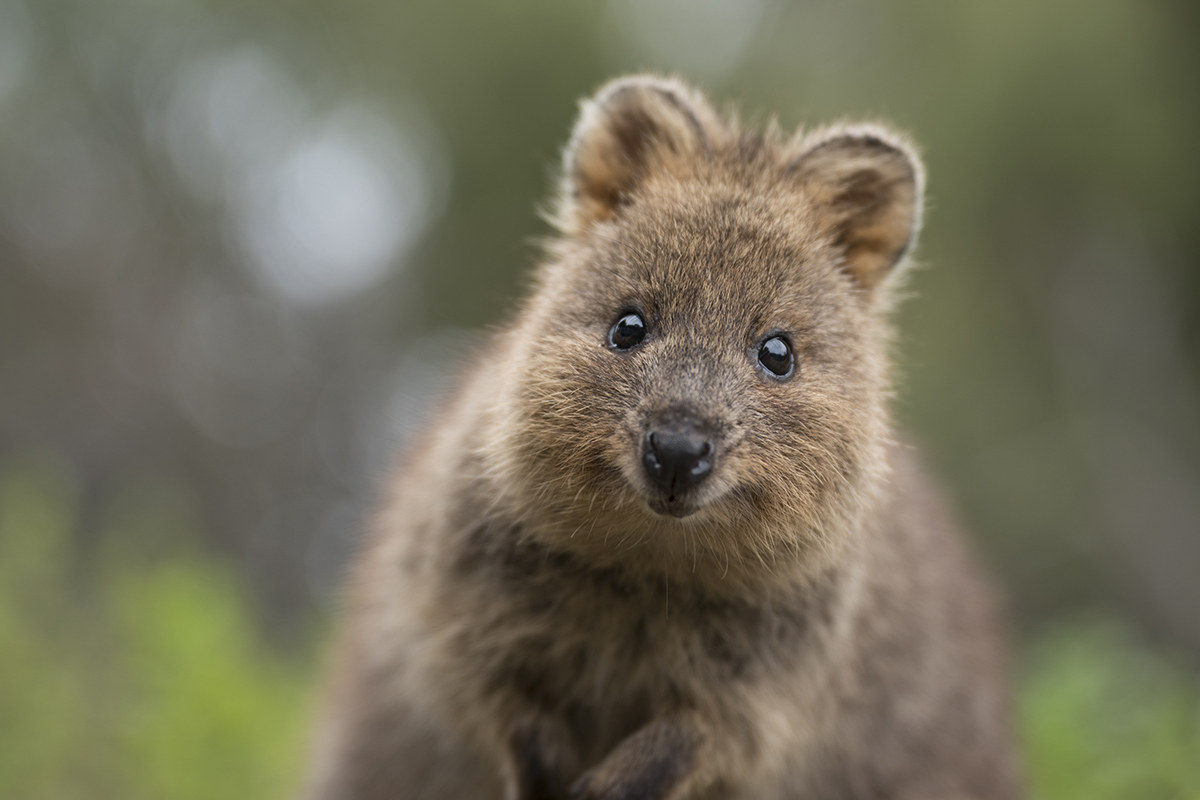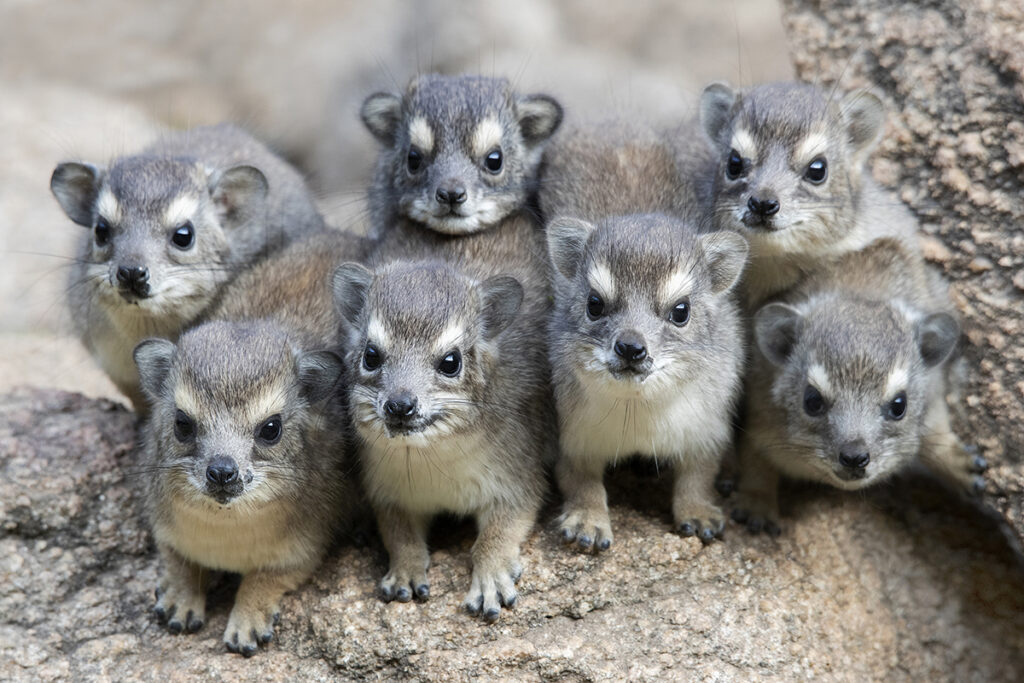
Zooming In on the Menagerie
Alex Cearns photographs pets and wildlife using her arsenal of Tamron lenses.
Author: Jenn Gidman
Images: Alex Cearns
Share Article
Alex Cearns photographs pets and wildlife using her arsenal of Tamron lenses.
“One of the things I love about photography is that your pictures show people how you view your subject,” says Alex Cearns. “They can then see it through your eyes.” This is especially true for Alex’s photos of animals, both pets and wildlife, which she’s been surrounded by since birth. Alex grew up in Australia keeping company with farm animals and helped her mom rescue and care for injured kangaroo joeys, birds, and other creatures until they were released back into the wild.

Alex uses a wide range of Tamron lenses, including the 24-70mm F/2.8 Di VC USD G2 zoom for portraits; fast telephoto zooms like the 70-180mm, SP 70-200mm, and 100-400mm; and ultra-telephoto lenses for more intense outdoor sessions. “For most of my wildlife images, I use a Tamron 150-600mm VC G2 ultra-telephoto zoom on my Canon DSLR, and the Tamron 150-500mm Di III VC VXD ultra-telephoto lens on my Sony mirrorless camera,” she notes. “Those lenses not only provide excellent reach, but they’re also fast-focusing, allowing me to capture the shots I envision in my mind’s eye.”

Alex’s favorite animal to photograph? Dogs, the subject of her upcoming book, The Wisdom of Dogs. “We can learn so much from them, and they bring so much love and light,” she says. “When they show up at my studio, they participate so fully and give me the most amazing expressions and images.”
ALEX’S QUICK TIPS
Research your subjects.
Consider the sorts of animals you may encounter. Are they more active at dusk or dawn? Is it breeding season? Do they have certain behavior patterns or habits (e.g., birds floating on the thermal currents or following a certain flight path)? Are they dangerous or venomous? Are they found alone or in a pack? Are they aggressive to people? The more knowledge you’re armed with, the quicker and easier it will be to locate your subject, pick the appropriate lens, and find the best and safest way to photograph them.

Wait for the right light.
When I’m photographing in the studio, I use professional lighting to capture crisp portraits. When I’m photographing wildlife outdoors, I rely solely on the sun as my light source. I don’t use any sort of artificial light at all, including flash.
Overcast days with a light sky are my favorite outdoor shooting conditions. They’re bright enough to capture detail in fur or feathers, yet result in minimal glare. Planning not only where to shoot in good light, but also figuring out the times of day that provide the best light will greatly assist with the exposure of your subject. Dawn brings with it lovely soft light, while dusk is one of the nicest times to photograph, just after the sun has set when you have a 15-to-20-minute window before darkness falls.

This image of a baby orangutan sucking its thumb was photographed under a very dark tree canopy. It was part of a free-roaming orangutan colony at the Singapore Zoo. I had to really push my lens and camera to photograph in the dim light. At the time, I didn’t even realize the baby was sucking its thumb.

Fill the frame.
I especially love to do this with my subjects’ faces. I find it really emphasizes the subject and makes it clear to the viewer what I want them to see; when they look at that photograph, they immediately notice the eye of the elephant, or the paw of the tiger, or the nose of the bear.
For this photo of a captive but wild tiger at the Phnom Tamao Wildlife Rescue Centre just outside of Phnom Penh, Cambodia, I was photographing through an open window in the fence, with the tiger walking in front of me. Using the Tamron 70-200mm, I simply waited until she turned to show her body and was able to fill the frame with her stripes and the side of her face.

Zoom in selectively.
That can help you isolate parts of your subjects that you want the viewer to see. In the case of the photo of the baby monkey being groomed by its mother, if I’d photographed the entire scene using a wider focal length, there would’ve been other monkeys and distracting elements visible in the background. The viewer might have lost sight of what I was trying to convey in that photograph, which was the connection between the mother and baby.

Work quickly with groups.
In the studio, I can sit animals up on my backdrop ottoman to take pictures. The key is fast shooting—you have to capture those split-second moments where all eyes are looking at you. Dogs from the same household are typically easy to pose, as they generally like each other and will sit together. Puppies, on the other hand, can be hectic. First, I’ll photograph them individually and figure out who’s wriggly and cheeky, and who’s quiet and well-behaved. When it’s time for a group shot, I’ll put the well-behaved ones on the ottoman first, then pop the cheeky ones on last. I then take pictures as fast as I can, shooting in burst mode.
Photograph ethically, and safely.
Nothing is worth stressing an animal for a picture. A priority for me is always to ensure my subjects are having the best time. With wildlife, they shouldn’t even be aware of my presence most of the time. I always respect their boundaries and watch their body language to ensure they’re comfortable. I’m in their backyard and in their territory, so I always play by their rules.

One of the challenges with animal photography is personal safety. If you’re photographing dogs, for example, some can be reactive. They might have a history of abuse and may respond negatively to triggers you might not be aware of. Safety is also important for wildlife photography. Make sure you have proper footwear, stable footing, and an exit strategy, because anything can go wrong at any time. Plan for the worst-case scenario.
To see more of Alex Cearns’ work, check out her website and Instagram.

